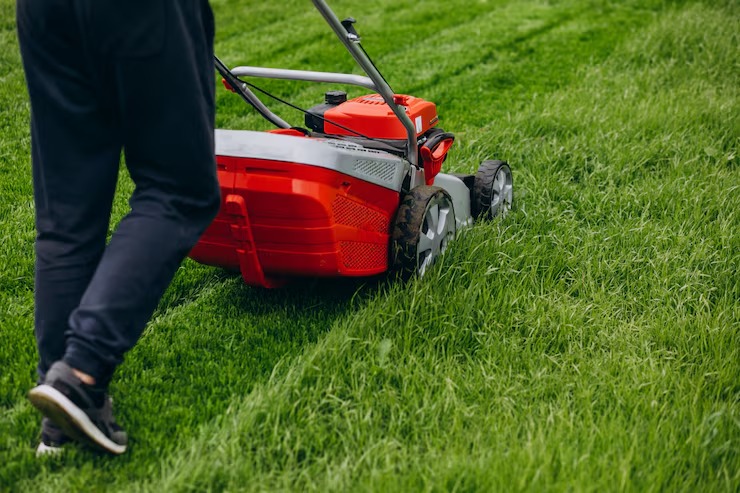When, Why, and How to Aerate Your Lawn

A healthy, vibrant lawn requires more than just regular mowing and watering. One key lawn care practice that often gets overlooked is aeration—a process that helps your grass thrive by improving soil health.
Over time, soil can become compacted, making it difficult for air, water, and nutrients to reach the grass roots. Aeration involves creating small holes in the soil to loosen it up, allowing your lawn to breathe and encouraging deeper, stronger root growth. This improves water absorption, nutrient intake, and overall lawn resilience.
In this article, we’ll explain why lawn aeration is important, the best times to aerate, and how to do it properly.
Why Aerate Your Lawn?
Aerating your lawn offers several benefits:
- Reduces Soil Compaction: Foot traffic and equipment can compress soil, limiting root growth. Aeration loosens compacted soil and provides space for roots to expand.
- Improves Nutrient Uptake: Loosened soil allows fertilizers and nutrients to reach roots more effectively, promoting thick, healthy grass.
- Controls Thatch: Thatch is a layer of dead grass and debris that can block water and nutrients. Aeration helps break down excess thatch.
- Enhances Water Penetration: Aerated soil absorbs water better, reducing runoff and encouraging deep watering.
- Strengthens Turf: By promoting healthy roots, aeration results in stronger, more resilient grass that withstands drought, pests, and diseases.
When Is the Best Time to Aerate?
The timing depends on your grass type:
- Cool-Season Grasses (such as fescue, ryegrass, and Kentucky bluegrass): Aerate in early spring or early fall, when these grasses are actively growing.
- Warm-Season Grasses (like Bermuda, zoysia, and centipede grass): Late spring to early summer is ideal, as these grasses grow best in warmer temperatures.
Avoid aerating during drought or extreme heat. The soil should be moist but not soggy.
How to Aerate Your Lawn
Follow these steps to aerate effectively:
- Select the Right Aerator:
- Spike aerators poke holes into the soil but do not remove plugs, which may compact soil around the holes.
- Core (plug) aerators remove small plugs of soil, relieving compaction more effectively.
- Prepare Your Lawn:
- Mow your grass a bit shorter than usual.
- Water your lawn a day or two before aerating to soften the soil.
- Aerate Your Lawn:
- Concentrate on high-traffic or compacted areas.
- Make several passes in different directions for thorough coverage.
- Aim for holes about 2-3 inches deep, spaced 2-4 inches apart.
- After Aeration Care:
- Leave the soil plugs on your lawn; they will decompose and add nutrients.
- Overseed and fertilize after aeration to take advantage of the holes.
- Water regularly for a couple of weeks to help grass recover.
How Often Should You Aerate?
Most lawns benefit from aeration once a year. However, lawns with heavy foot traffic or clay soil may need aeration twice a year for best results.
Tips for Best Results
- Monitor Thatch: If thatch exceeds ½ inch, consider dethatching before aeration.
- Consult Professionals: For large or problematic lawns, hiring a lawn care expert can ensure proper aeration and maintenance.
Conclusion
Aerating your lawn is a simple yet effective way to improve its health and appearance. Understanding the right time, reasons, and method for aeration will help your grass grow thick, green, and resilient.
If you’re in Mooresville or nearby areas, Lawn Pro of the Carolinas offers expert lawn aeration service in Mooresville tailored to your needs. Contact us today to schedule your appointment and give your lawn the care it deserves!


